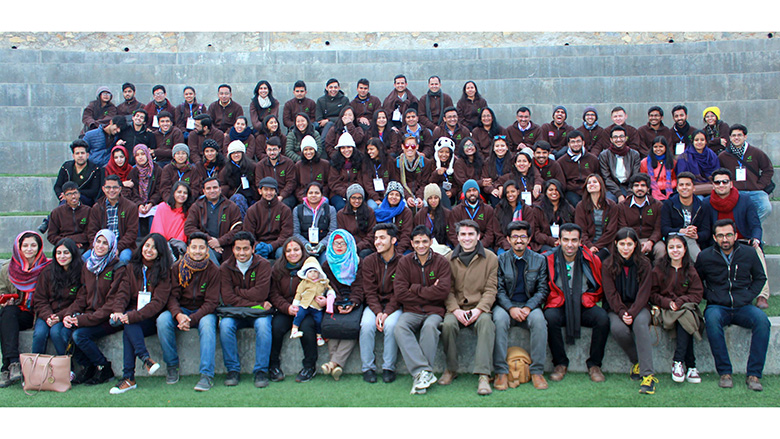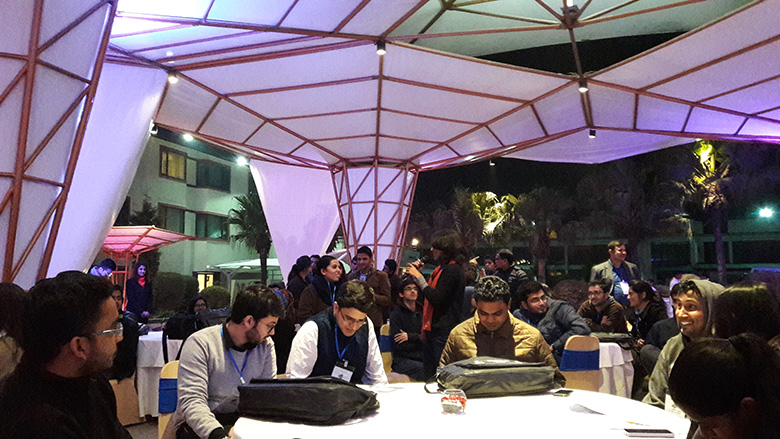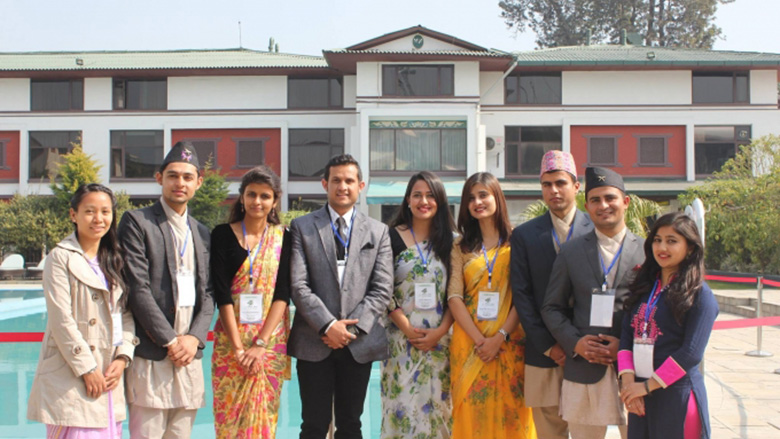The 13th South Asia Economic Students’ Meet (SAESM) played a pivotal role in young economists believing in the concept of One South Asia
The 13th South Asia Economic Students’ Meet (SAESM) was much more than a simple get together of to-be economists and financial experts – it was a space to interact, network, and envision a future together. The 13th SAESM had students of economics from seven countries: Afghanistan, Bangladesh, Bhutan, India, Nepal, Pakistan, and Sri Lanka. In a matter of five days, brilliant and enterprising youths came together to build lasting friendships which will reap huge benefits in the future.
From 29th January to 2nd February, budding economists imbibed the spirit of #OneSouthAsia and strove to understand the concept of rising towards prosperity together. The effort to share each other’s research, explain new findings and learning, better understand neighboring countries, and create friendships was commendable, and also led participants to look for better ways to ease trade and harmony in the entire region.
Launching the event, Hon. Vice President of Nepal, Nanda Bahadur Pun, said, “South Asia is a region where each country has its unique resources that need to be identified and utilized.” He expressed his belief that countries in the region could achieve equitable and sustainable growth and prosperity through a unified presence. “SAESM is one such opportunity for young economic students to share ideas and knowledge for regional betterment.”



